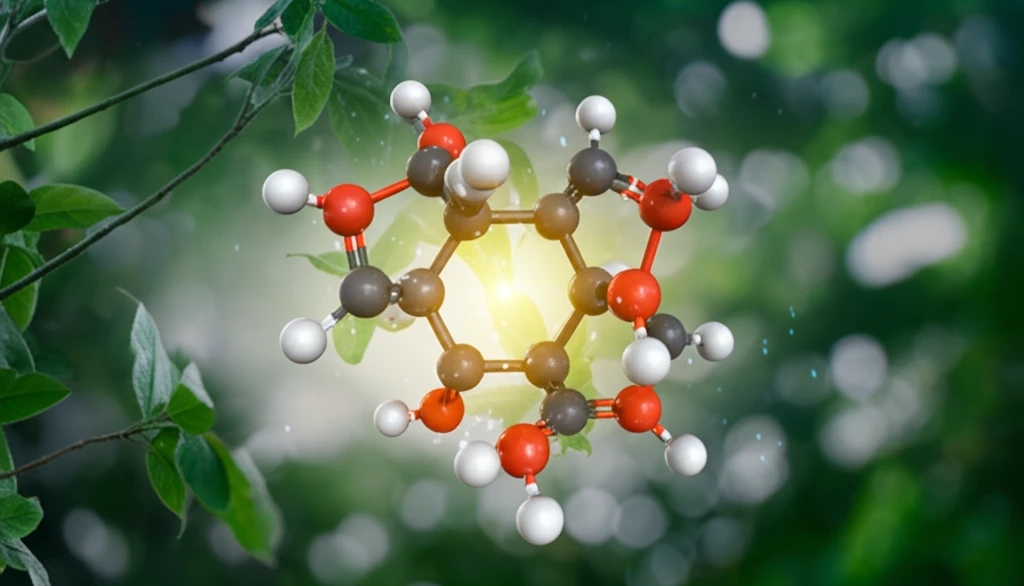
Unlock the Secrets of C-H Activation: A Revolutionary Approach to Sustainable Chemistry
"Discover how a novel tetra-iron(III) cluster is transforming alkane oxidation, offering a greener path to valuable chemical products."
In the ever-evolving world of chemistry, the selective transformation of organic substrates remains a formidable challenge. For years, scientists have strived to develop robust and selective homogeneous oxidation catalysts, drawing inspiration from nature's own catalysts—heme and non-heme iron enzymes. These enzymes, composed of oxido- and acetato-bridges, perform crucial biological transformations by oxidizing substrates with dioxygen.
Now, a significant breakthrough promises to revolutionize the field. Researchers have successfully synthesized and characterized a novel oxido-acetato-bridged tetra-iron(III) complex that exhibits exceptional catalytic activity in C-H activation. This discovery holds immense potential for sustainable chemistry, offering a greener and more efficient route to producing valuable chemical intermediates.
This article delves into the fascinating details of this tetra-iron(III) cluster, exploring its synthesis, structural characteristics, and remarkable ability to activate C-H bonds in alkanes. We'll uncover how this innovative catalyst overcomes the limitations of traditional methods, paving the way for a new era of environmentally conscious chemical processes.
A Novel Tetra-Iron(III) Cluster: Synthesis and Structure

The research team successfully synthesized a unique non-heme tetra-iron cluster, denoted as [Fe₄(μ-O)₂(μ-OAc)₆(2,2'-bpy)₂(H₂O)₂](NO₃⁻)(OH⁻). This complex features oxido and acetato bridges, and its structure was meticulously determined through various spectroscopic methods, including single-crystal X-ray diffraction. The X-ray analysis revealed that the tetra-iron complex crystallizes in a monoclinic system with a C2/c space group. Each iron center exists in an octahedral geometry, interconnected by oxido and acetato bridges.
- Oxido and acetato bridges connecting iron centers
- Octahedral geometry around each iron atom
- Antiferromagnetic ordering in the solid state
- Crystallization in a monoclinic system with C2/c space group
Future Directions
This research paves the way for designing more efficient and sustainable catalytic systems for alkane oxidation. Further investigations into the reaction mechanism and optimization of reaction conditions could unlock even greater potential for this tetra-iron(III) cluster. By harnessing the power of C-H activation, we can move towards a future where chemical processes are both environmentally friendly and economically viable.
